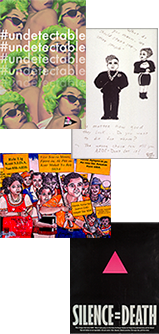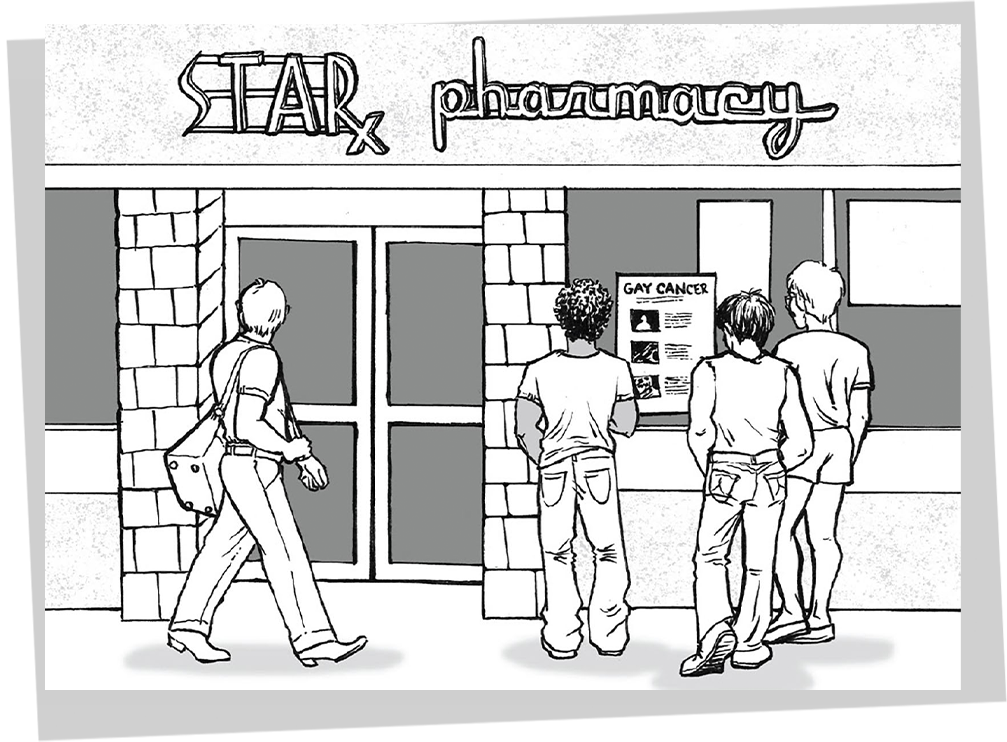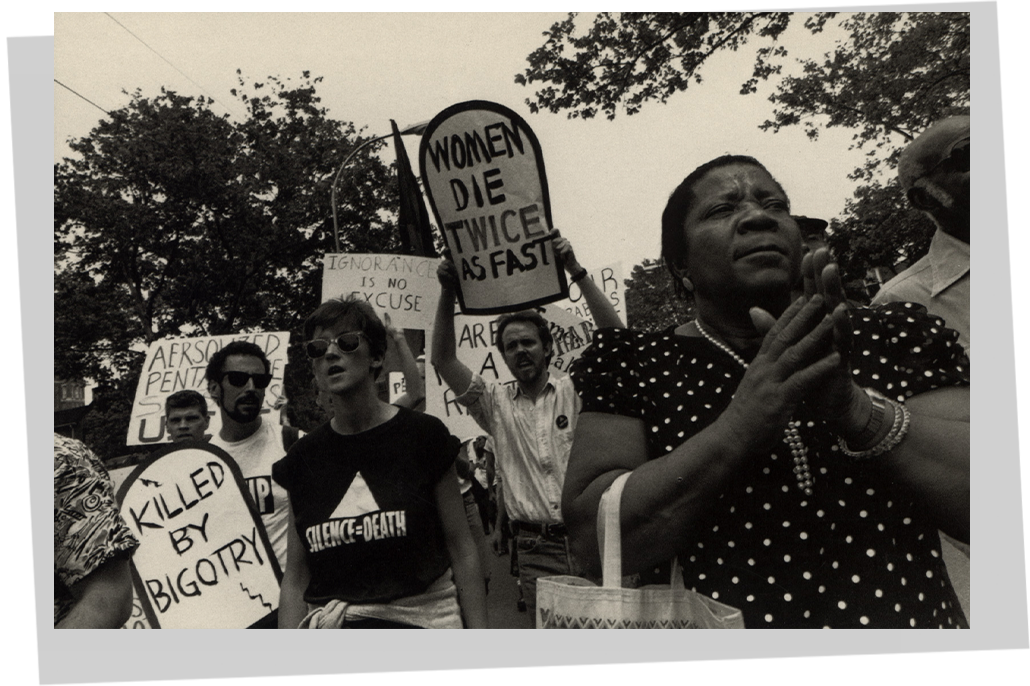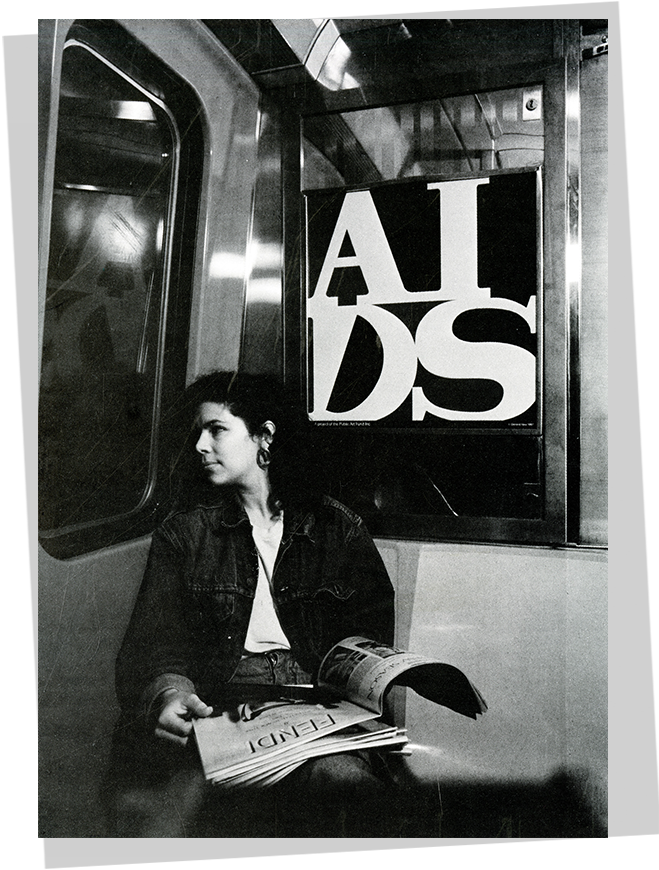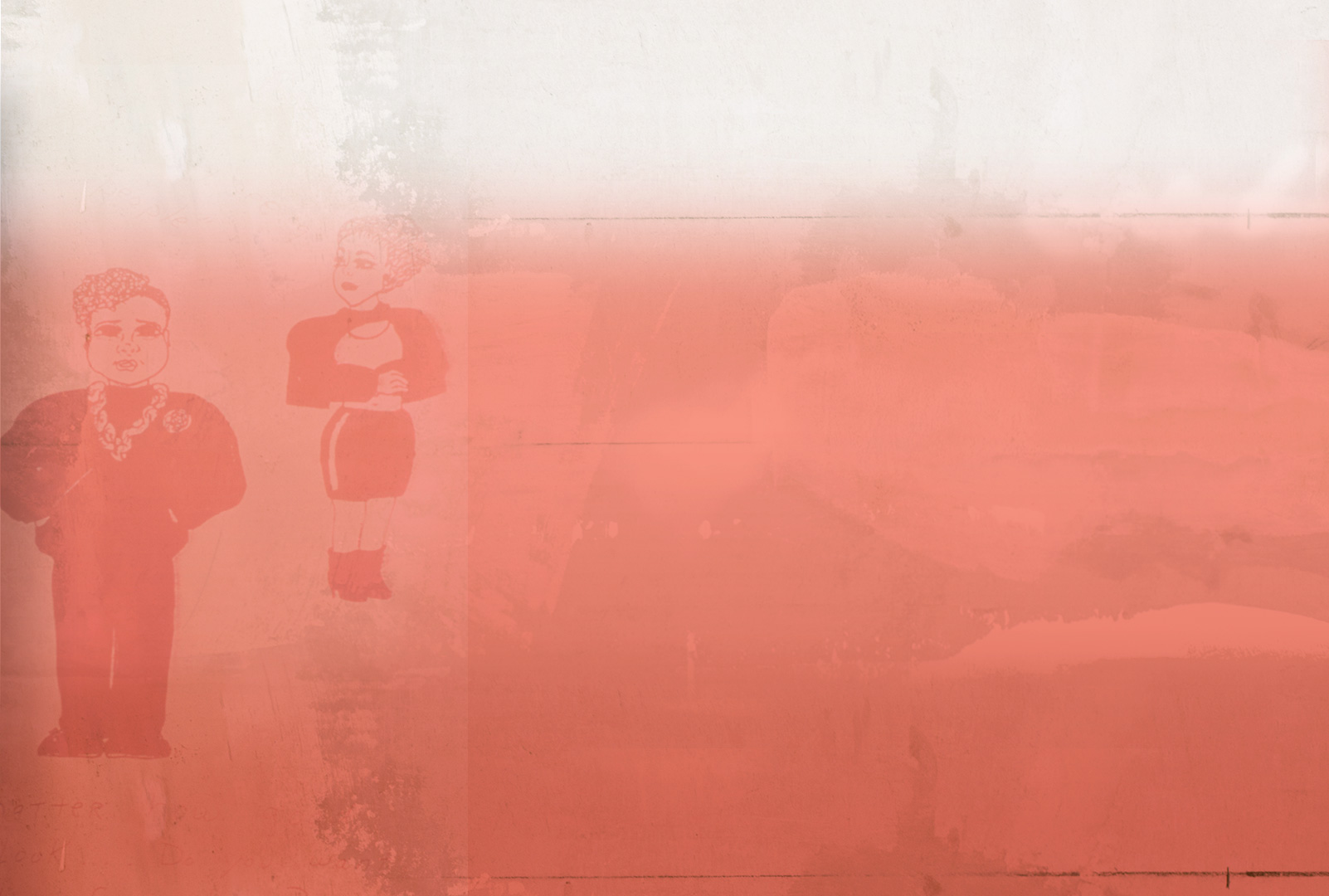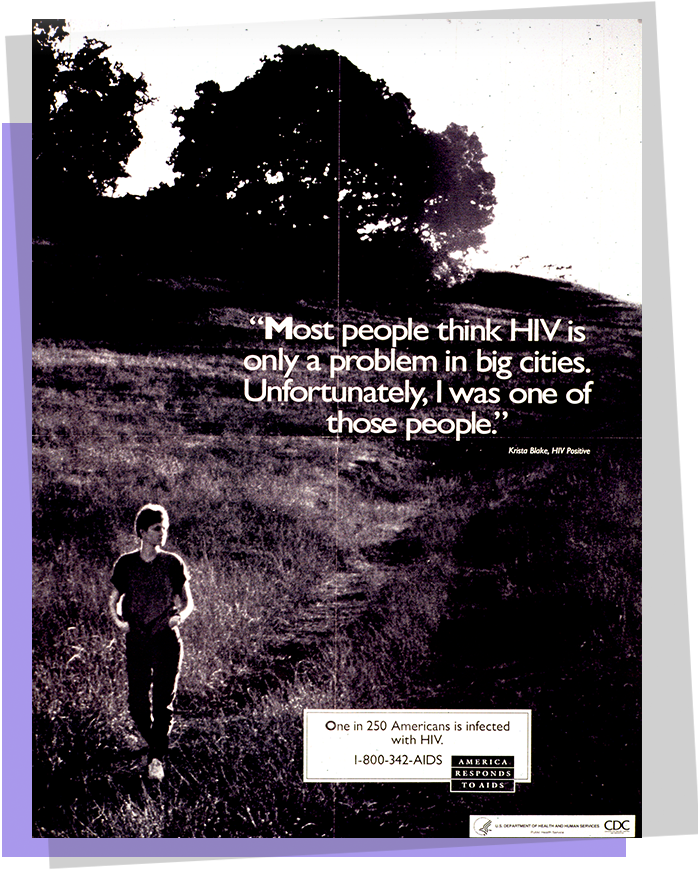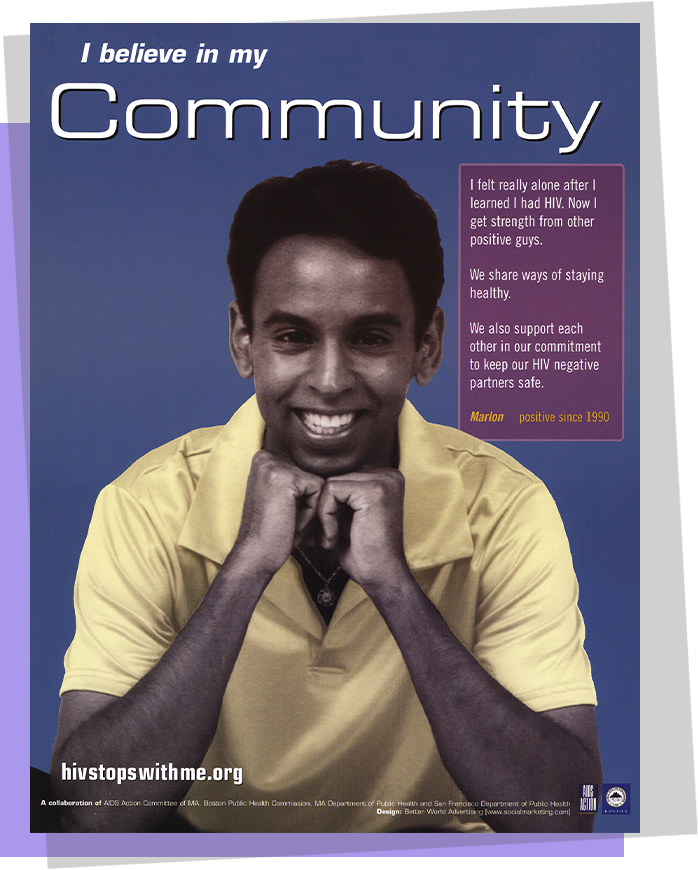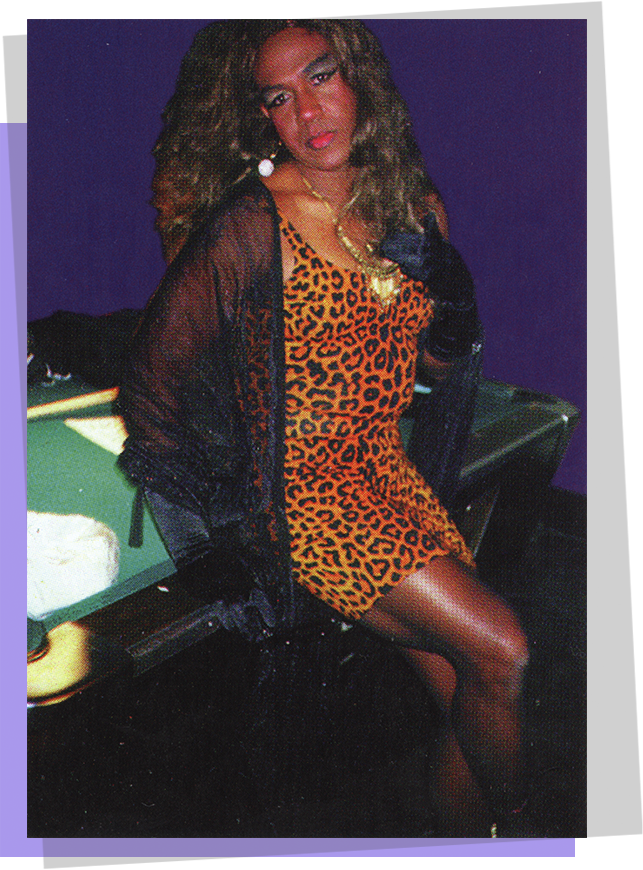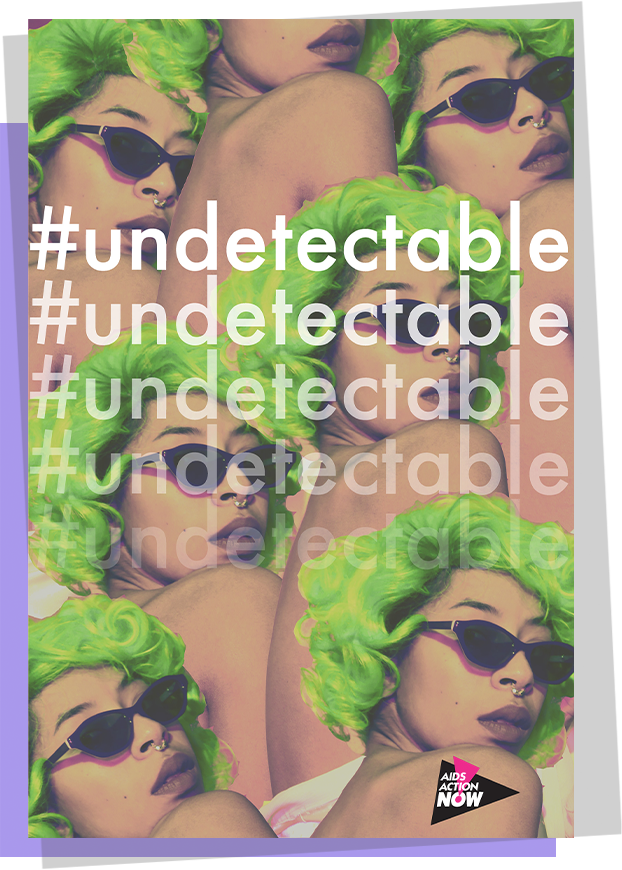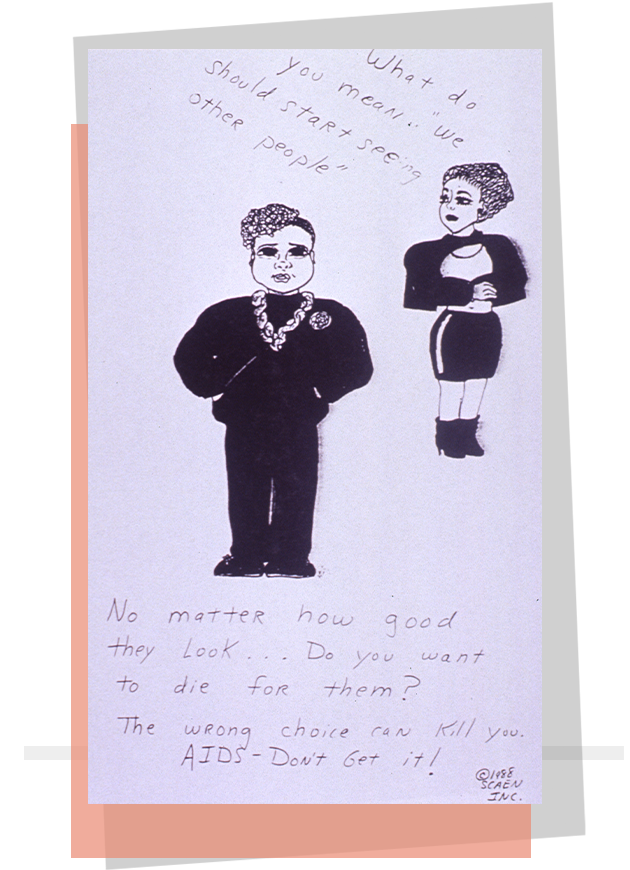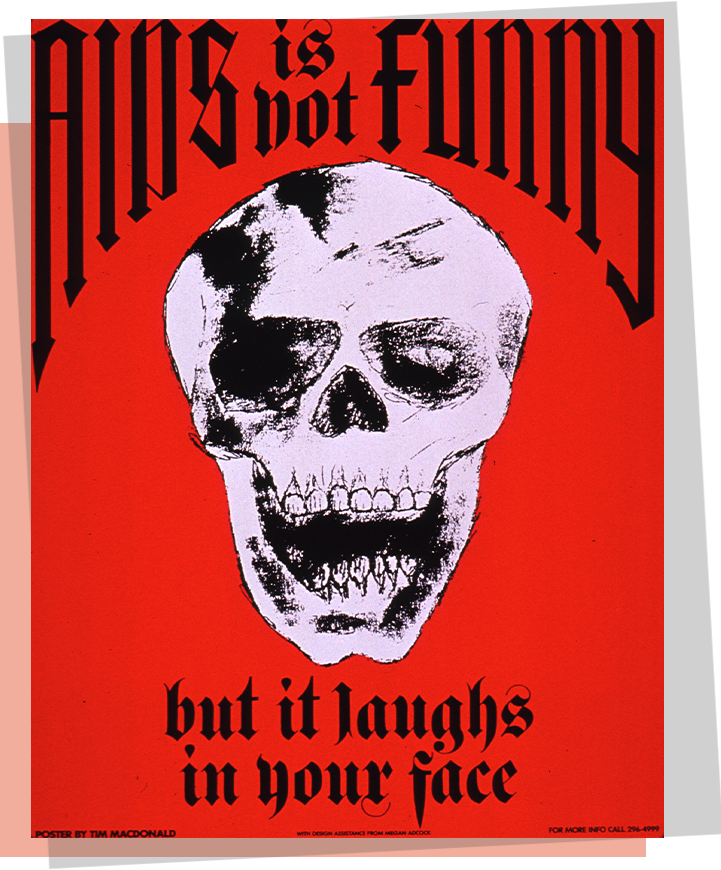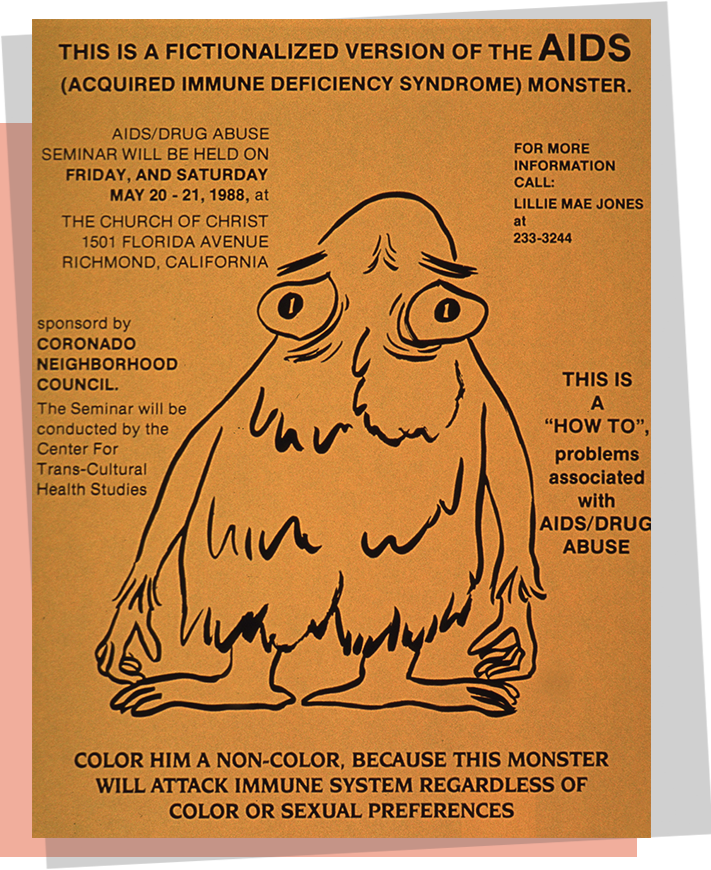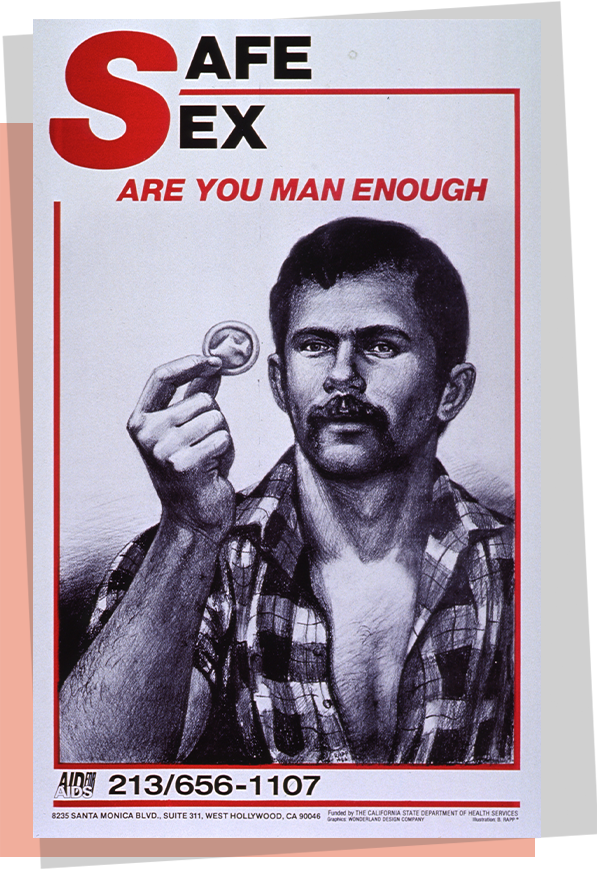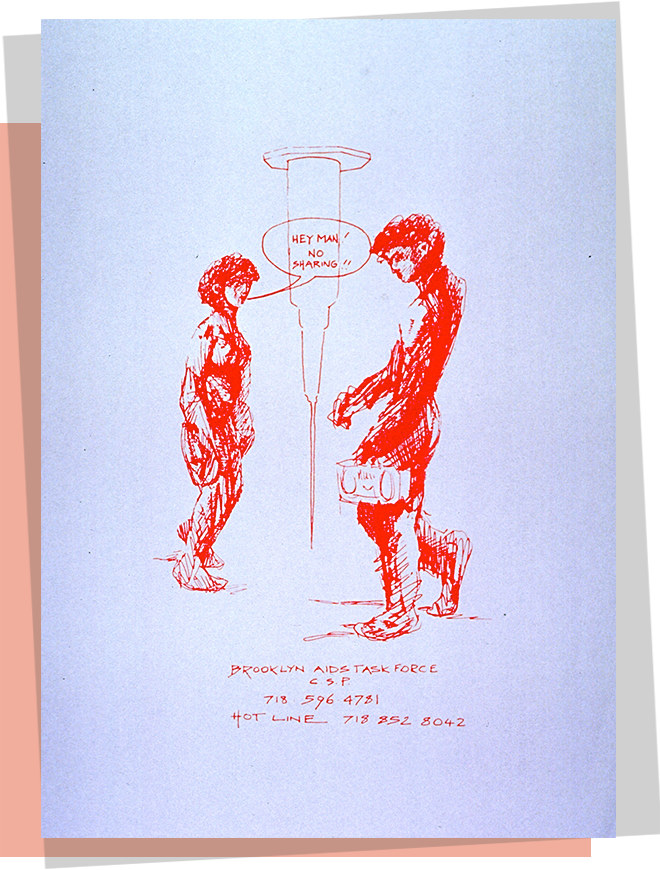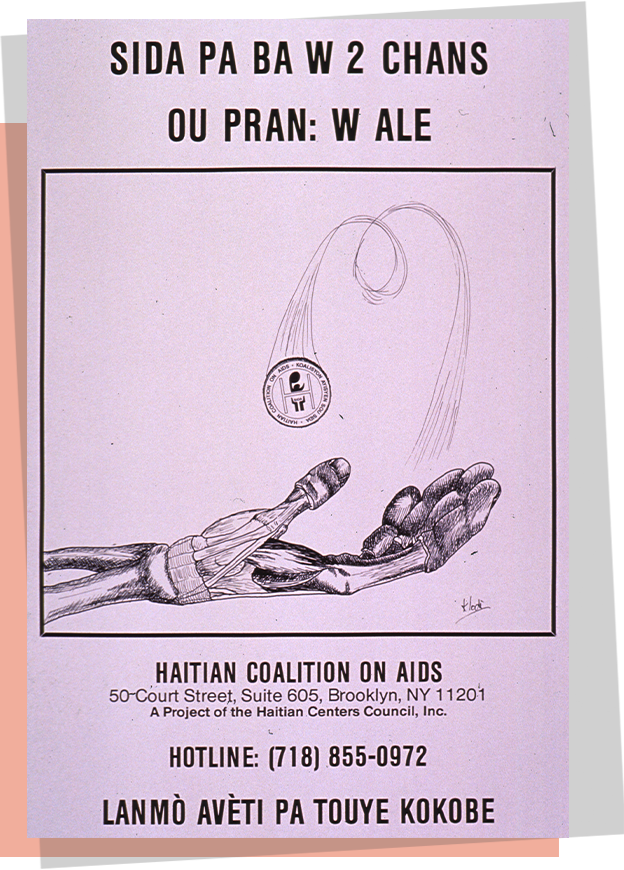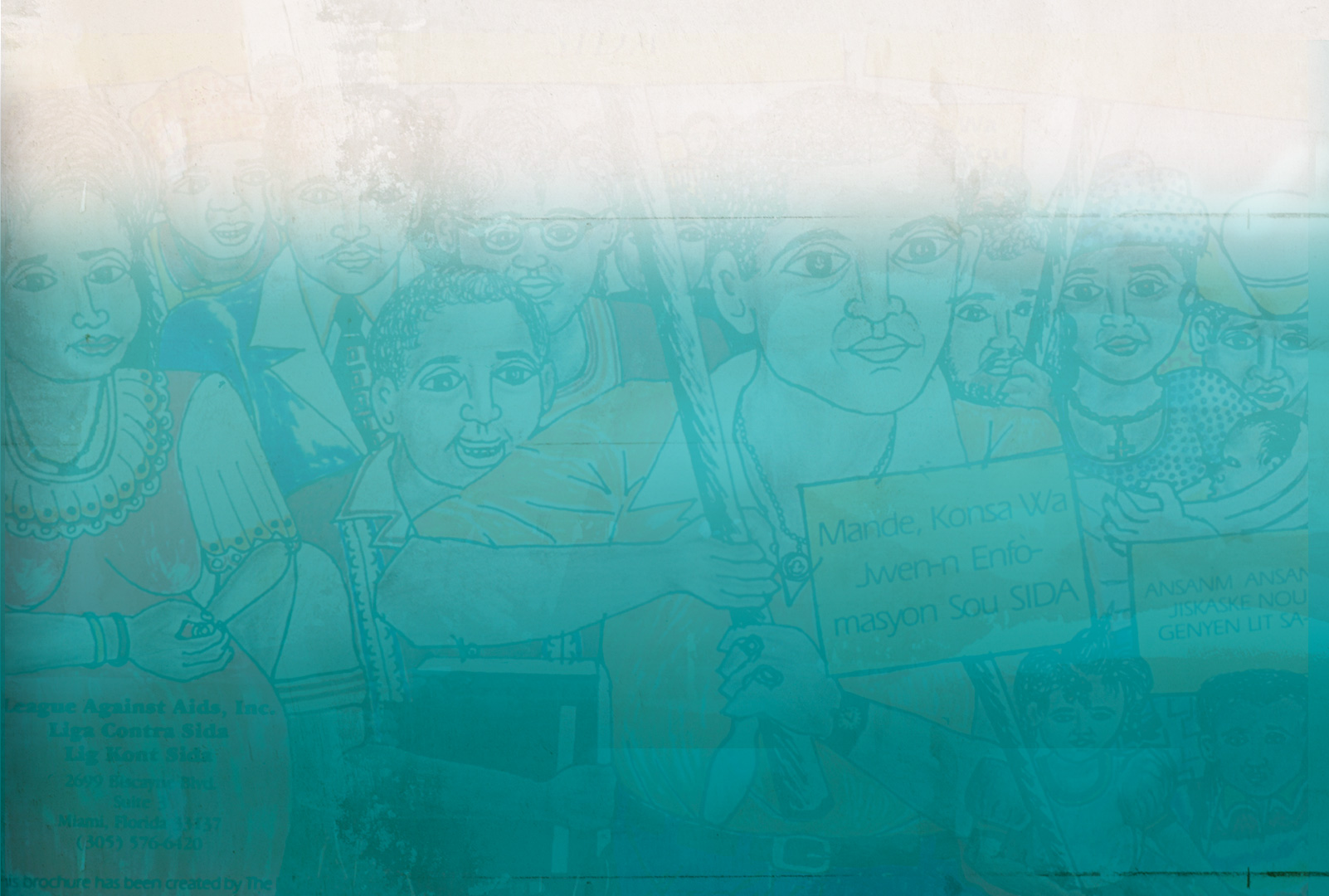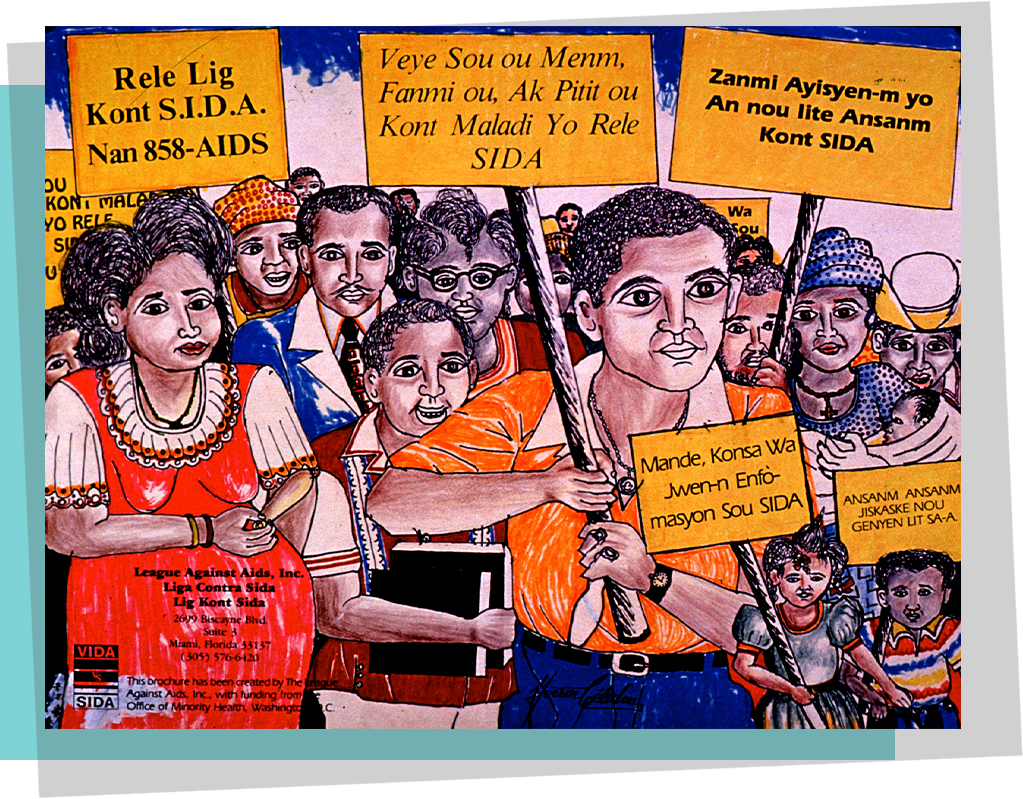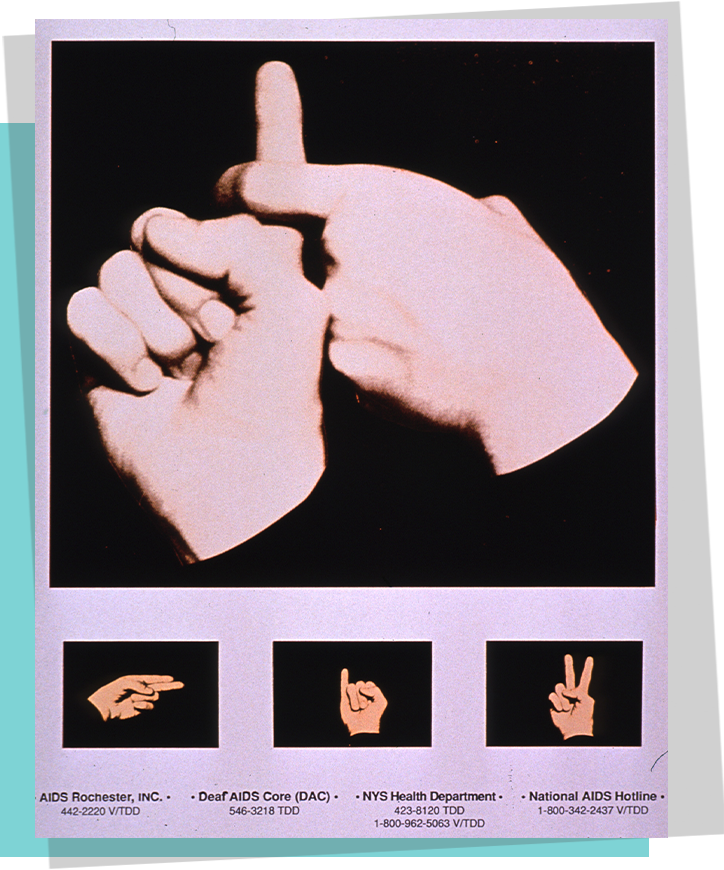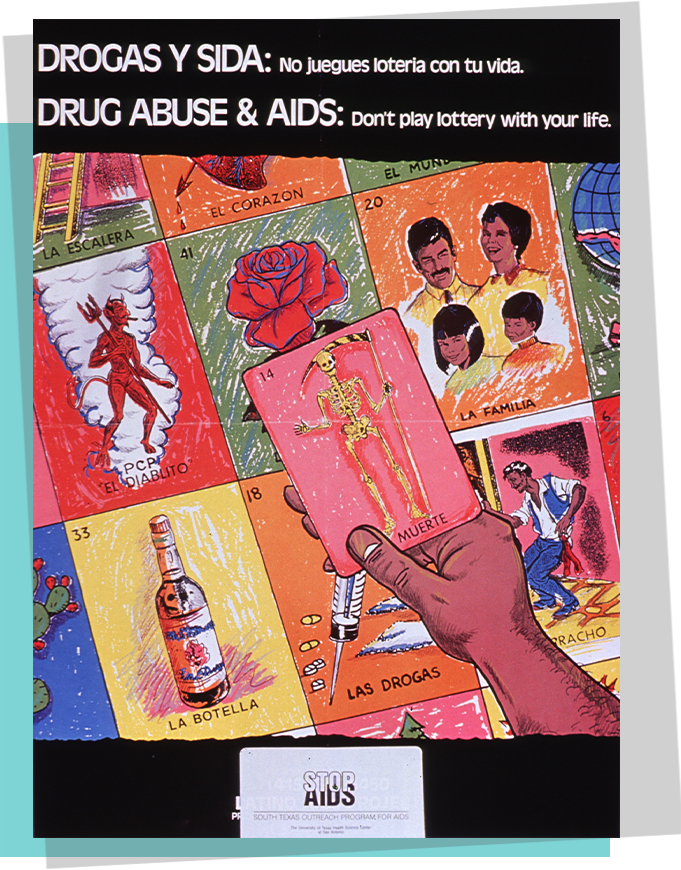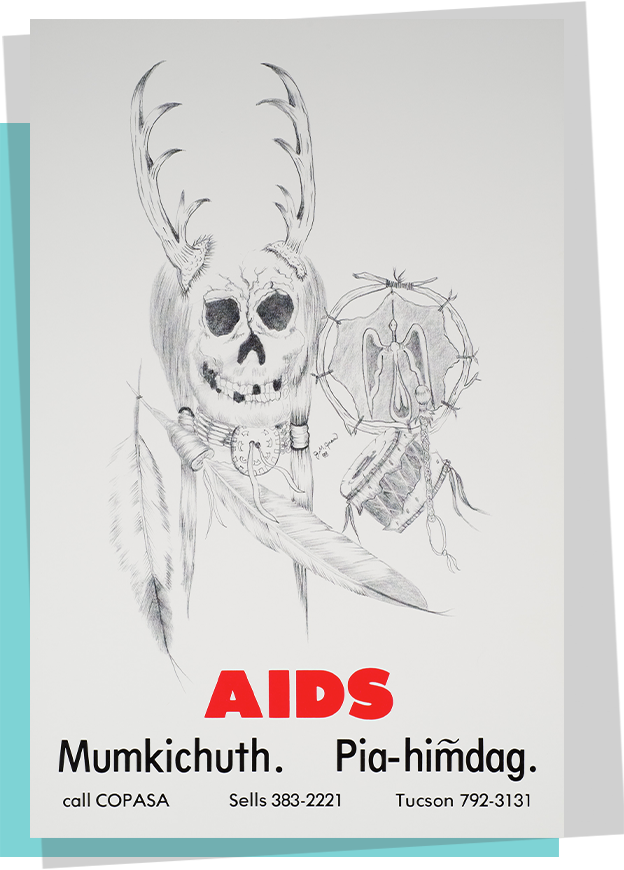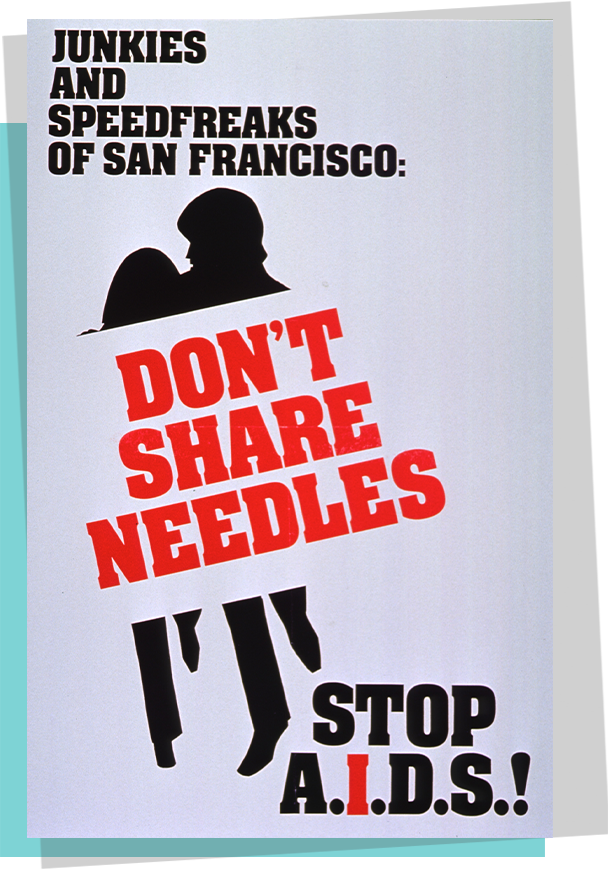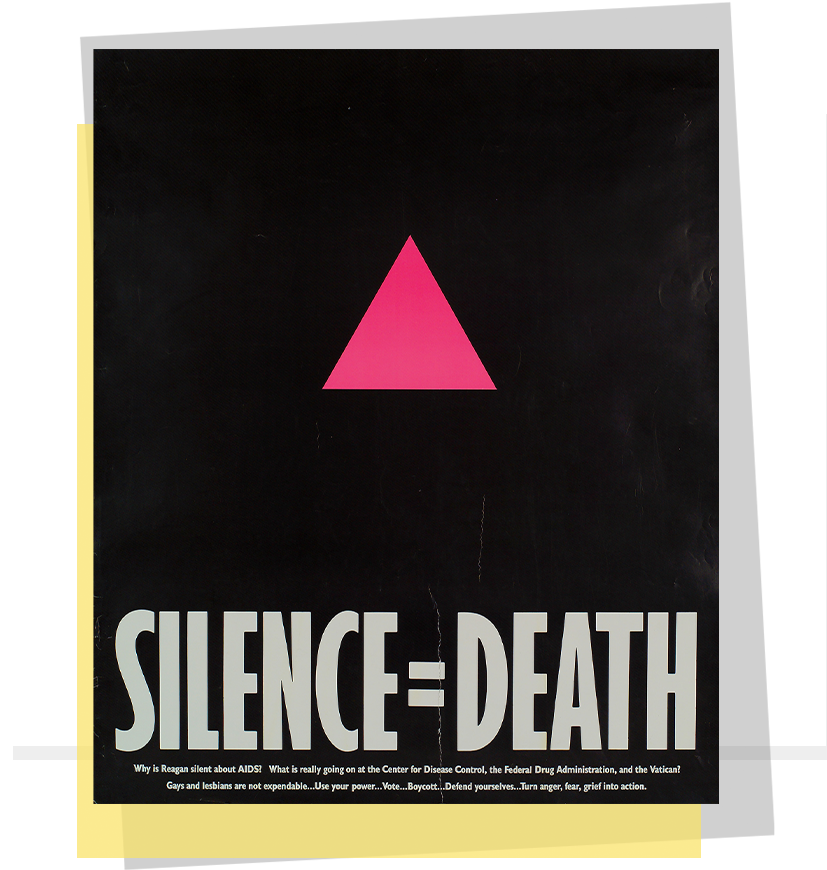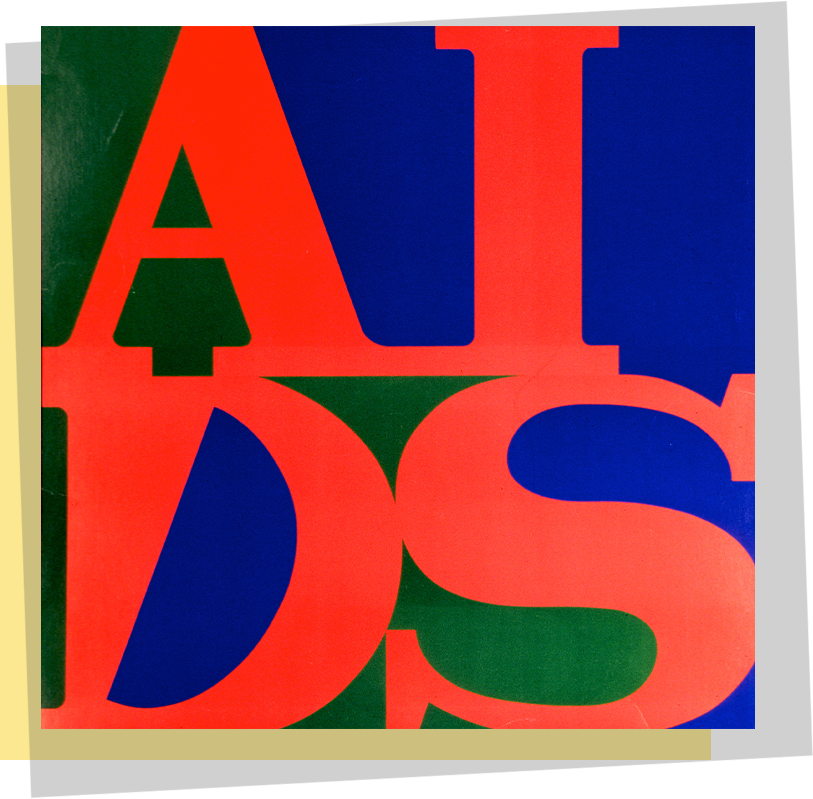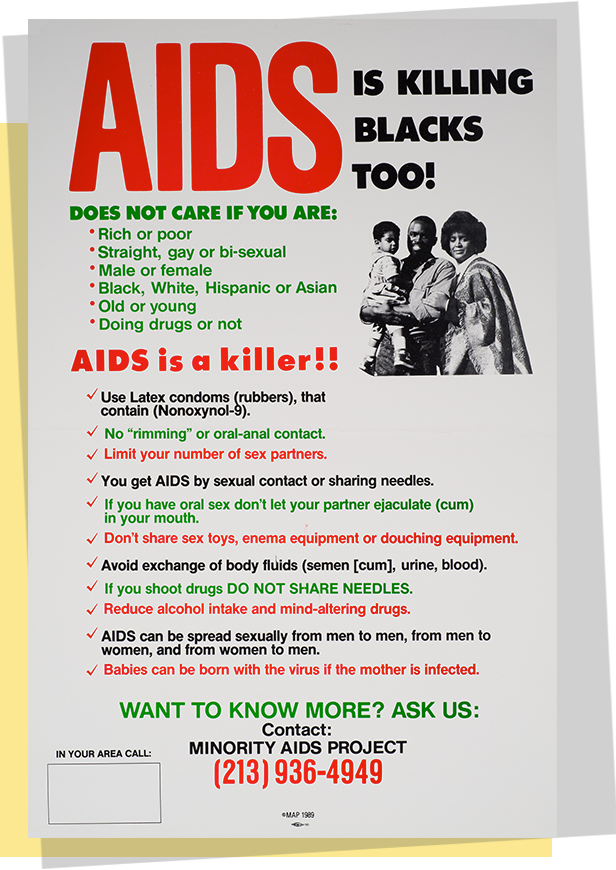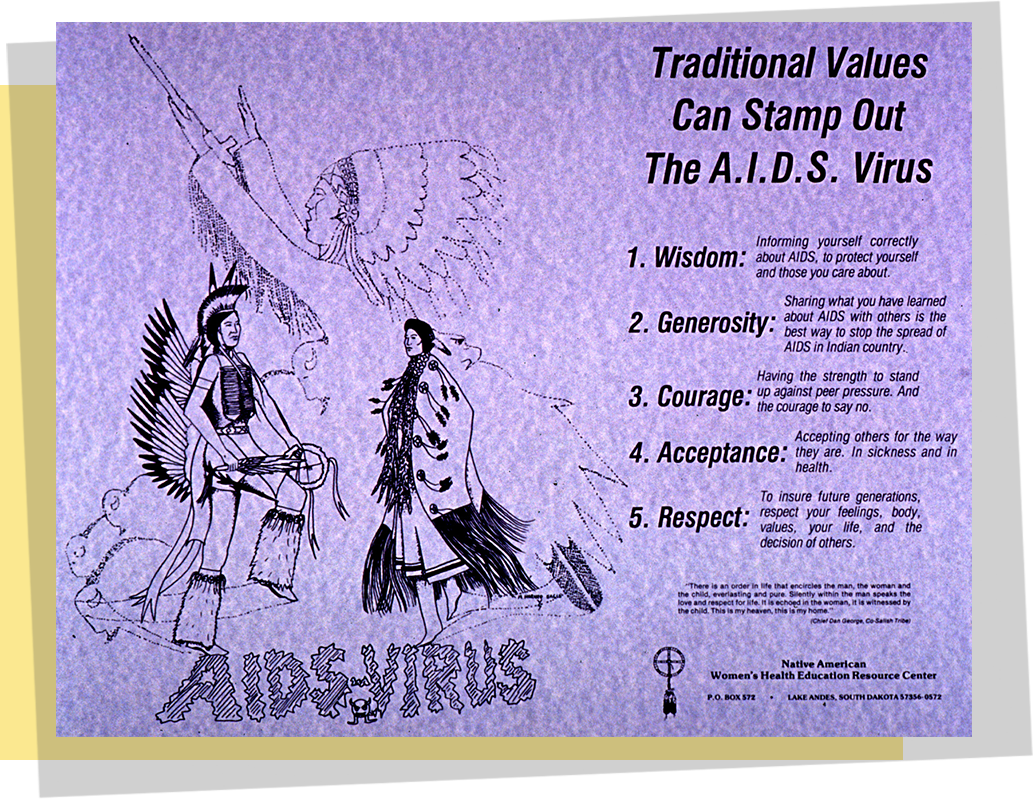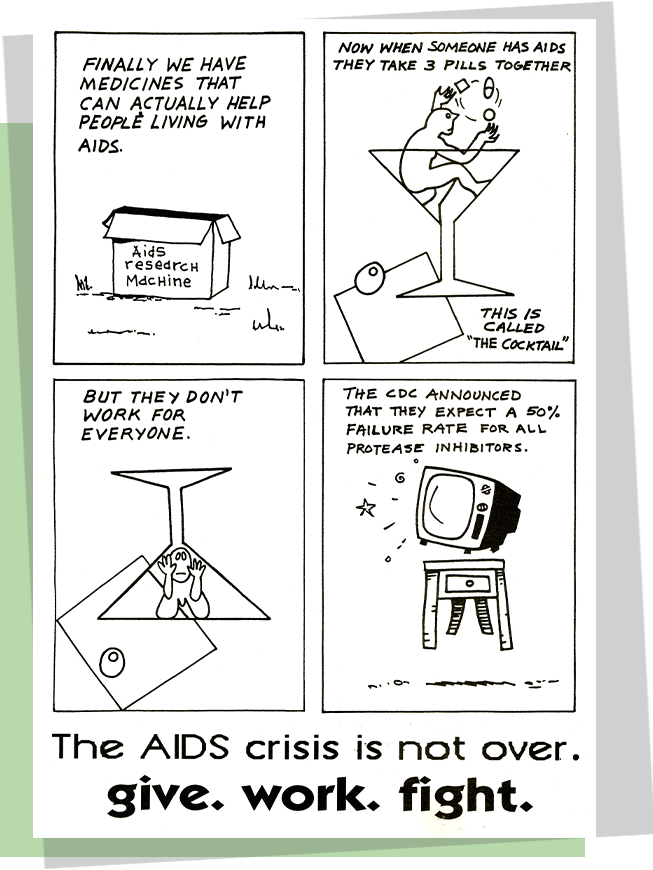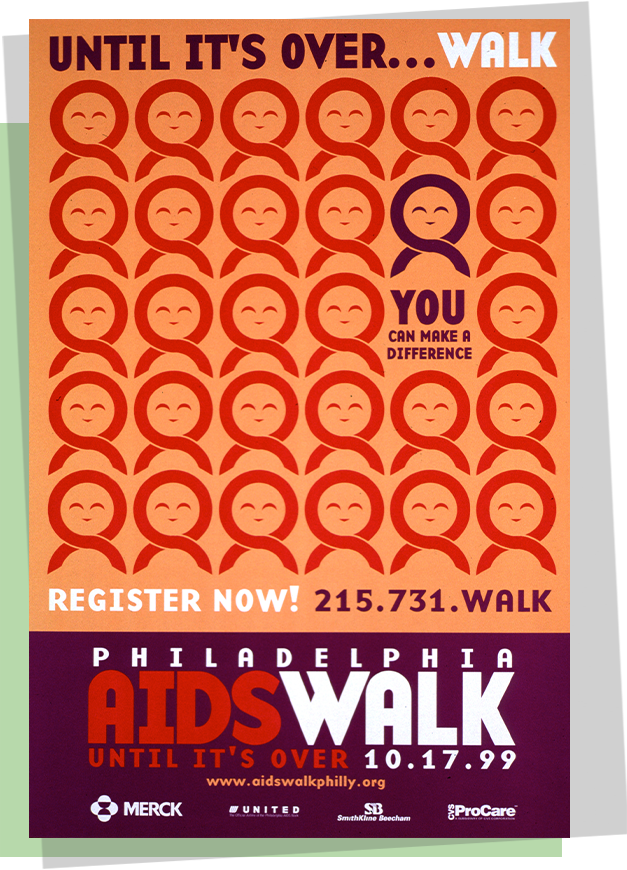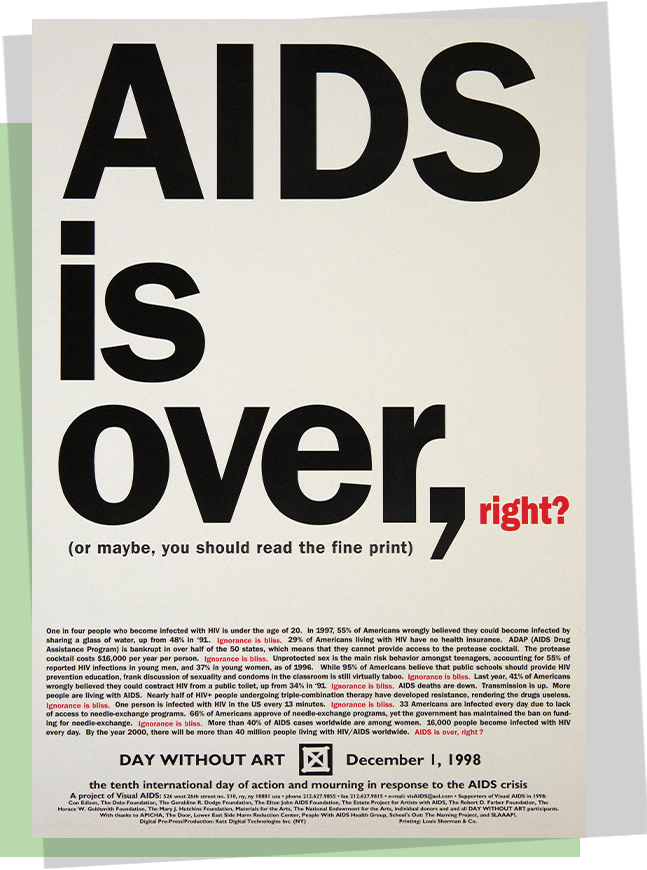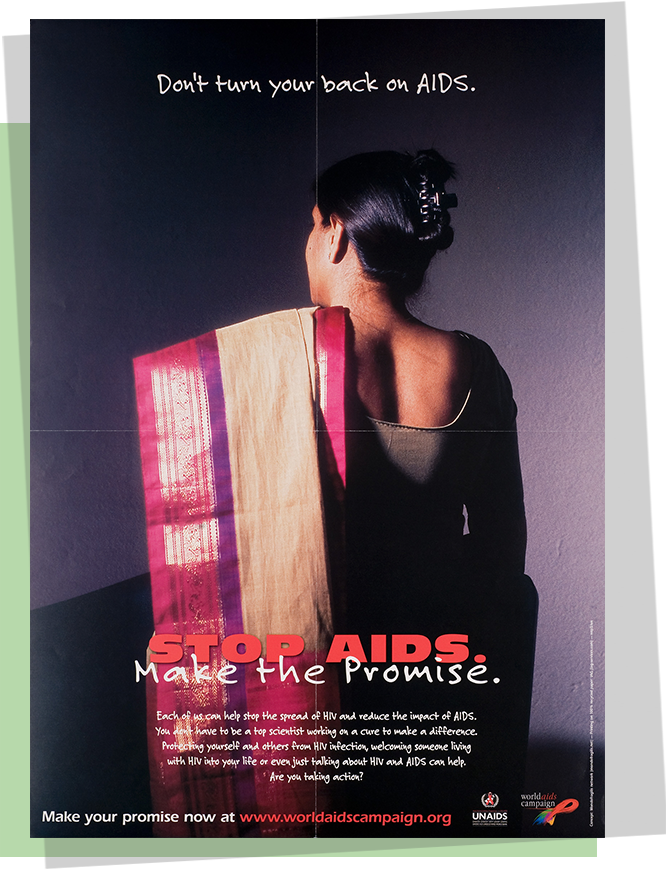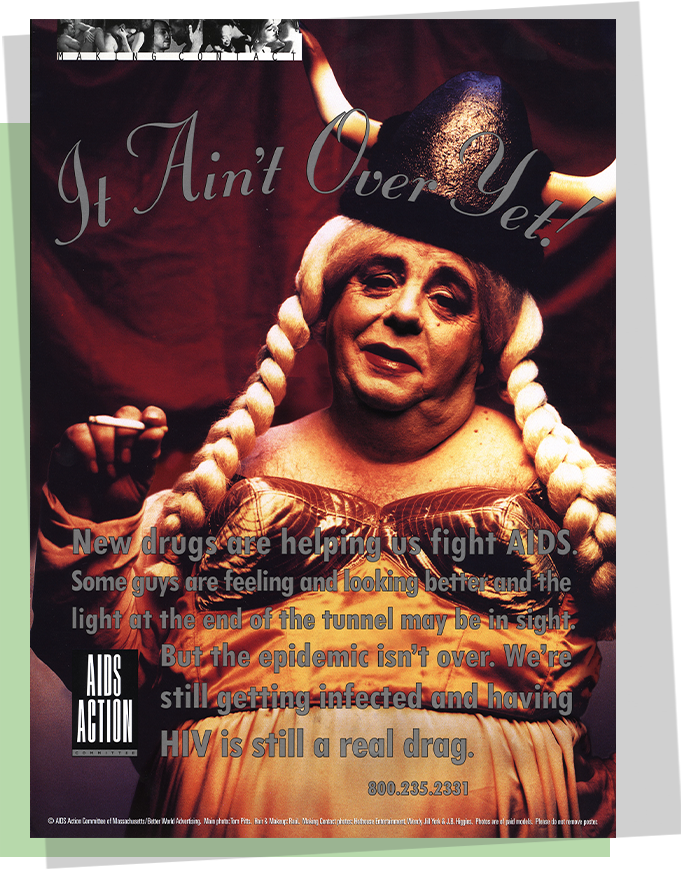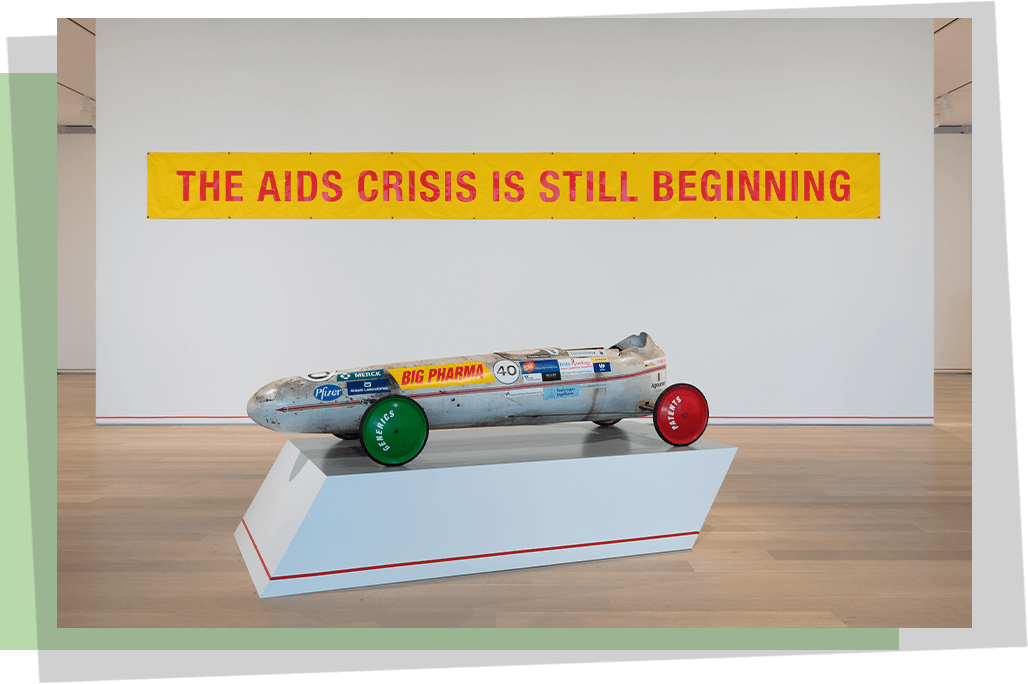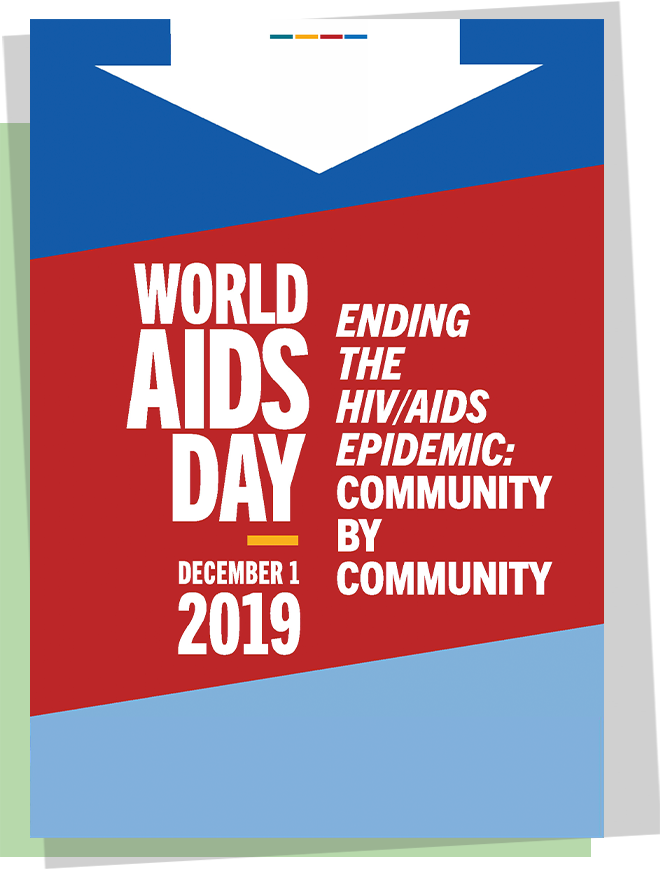The use of the Pan-African flag's colors reinforced the message of the poster along with the mission of the poster-making organization, Minority AIDS Project (MAP). Founded in 1985, MAP was created to meet the needs of people living with HIV within African American and Latino communities in LA. The poster shares lifesaving information while also communicating to Black and Latino people concerned about HIV, that there is a place where they can go.
AIDS IS KILLING BLACKS TOO!
DOES NOT CARE IF YOU ARE:
Rich or poor
Straight, gay or bi-sexual
Male or female
Black, White, Hispanic or Asian
Old or young
Doing drugs or not
AIDS is a killer !!
Use Latex condoms (rubbers), that contain (Nonoxynol-9).
No “rimming” or oral-anal contact.
Limit your number of sex partners.
You get AIDS by sexual contact or sharing needles.
If you have oral sex don’t let your partner ejaculate (cum) in your mouth.
don’t share sex toys, enema equipment or douching equipment.
Avoid exchange of body fluids (semen [cum], urine, blood).
If you shoot drugs DO NOT SHARE NEEDLES.
Reduce alcohol intake and mind-altering drugs.
AIDS can be spread sexually from men to men, from men to women, and from women to men.
Babies can be born with the virus if the mother is infected.
WANT TO KNOW MORE? ASK US:
Contact: MINORITY AIDS PROJECT (213) 936-4949
AIDS IS KILLING BLACKS TOO!
DOES NOT CARE IF YOU ARE:
Rich or poor
Straight, gay or bi-sexual
Male or female
Black, White, Hispanic or Asian
Old or young
Doing drugs or not
AIDS is a killer !!
Use Latex condoms (rubbers), that contain (Nonoxynol-9).
No “rimming” or oral-anal contact.
Limit your number of sex partners.
You get AIDS by sexual contact or sharing needles.
If you have oral sex don’t let your partner ejaculate (cum) in your mouth.
don’t share sex toys, enema equipment or douching equipment.
Avoid exchange of body fluids (semen [cum], urine, blood).
If you shoot drugs DO NOT SHARE NEEDLES.
Reduce alcohol intake and mind-altering drugs.
AIDS can be spread sexually from men to men, from men to women, and from women to men.
Babies can be born with the virus if the mother is infected.
WANT TO KNOW MORE? ASK US:
Contact: MINORITY AIDS PROJECT (213) 936-4949
IN YOUR AREA CALL: © MAP 1989

